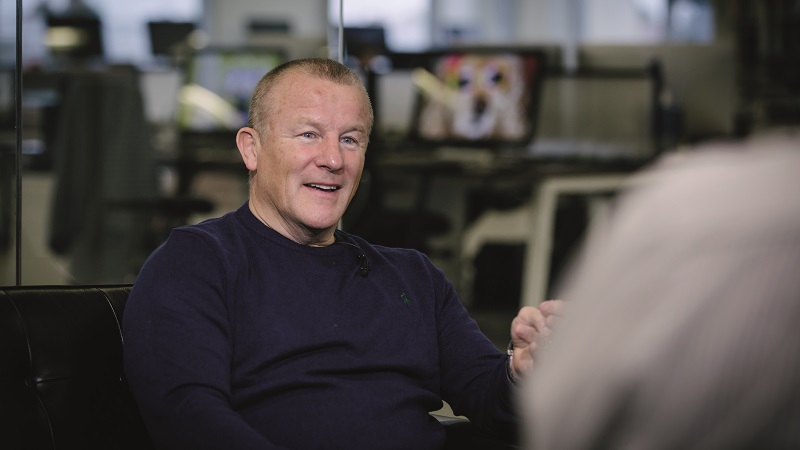As of late on Thursday, the index had fallen down to the 6,460 mark having opened this morning at 6,587 points.
The fall has variously been attributed to fears about a possible stall in the US Fed’s asset purchase programme next month and continued concerns about the eurozone, despite it having now formally emerged from its 18 month contraction.
The ONS announced today that UK retail sales climbed by 1.1% in July over June, with sales up by 3% compared with last year. Some may have interpreted this as a pointer towards a possible interest rate rise next month, which could push investors back into bonds.
Year to date, the index is still up 9% while the low point of the summer was to 6,029 on 24 June.
Miles Geldard, Jupiter’s head of fixed interest/multi-asset team, suggested that the global reach of US monetary policy has never been greater with the impact that the Fed’s massive liquidity injections have had on global financial markets.
“The sharp fall in bonds in the second quarter, for instance, was simply due to the US central bank acknowledging there would come a point when it would need to reduce its bond buying programme known as quantitative easing,” he said.
“The bank on the other hand made no suggestion interest rates would begin to rise but this message was drowned out by the increased fear provoked by the threat of an end to QE.”
Elsewhere, Iveagh CEO Chris Wylie expects US growth to pick up in the next few months.











